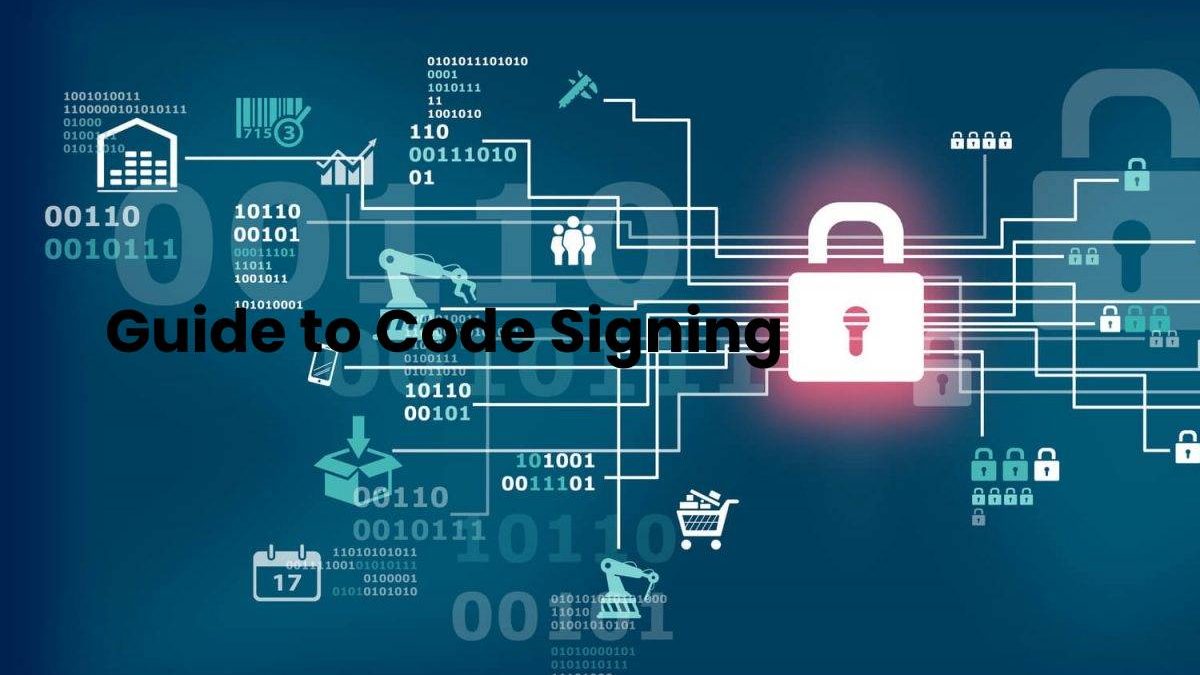Guide to Code Signing
Today, code signing is used more than ever before. Some argue it’s unnecessary and even a security risk, but others argue the benefits outweigh the risks.
This guide is going to tell you everything that you need to know about code signing.
Table of Contents
What is code signing?
Code signing comes in two types: Authenticode and Timestamping.
Both use cryptography to ensure that software has not been altered since its signing.
Authenticode requires a code signing certificate from a trusted authority.
Timestamping certificates are free and verify the time of signing on the computer system on which it was signed.
How does it work?
In Authenticode, the software is signed with a private key that corresponds to a public key that is generated by the certificate authority.
The digital signature gets attached to the software package, and the code signing certificate ensures that no alterations have been made since it was signed.
The same process works for timestamping certificates, except there is no private key involved.
Instead, each computer system stores its own timestamping signatures locally.
The signing process calculates the hash (a cryptographic representation or fingerprint of a file) for your software package, encrypts it with your private key, and attaches it to the file.
When the file is downloaded, each computer verifies that the hash stored in their system matches what’s in the digital signature.
Why is it important?
Code signing helps ensure software authenticity which is imperative to the success of any program. It ensures nothing has been altered and that you know who created your program.
From a security perspective, code-signed software packages are considered “trusted”. This means that your computer will allow them to run even if the code is unsigned.
Who can benefit from code signing?
Any individual or organization that wants to protect software from being tampered with or modified should use code signing.
This includes developers, corporations, and government bodies who want to ensure their software packages are secure and have not been altered.
Which certificate authority should I use?
One of the most popular certificate authorities is KeyFactor. They offer an easy, one-stop-shop for code signing certificates and can process your requests quickly.
The benefits of code signing
One of the biggest benefits is that it allows you to digitally sign your software using a private key. This ensures authenticity and usually comes with a time stamp.
Another benefit is that code signing can protect you from being impersonated or attacked by hackers who want to steal your secrets.
The drawbacks of code signing
Although there are many benefits, there are also some drawbacks.
The first drawback is that you must set up and maintain a secure software development environment to make sure your private key doesn’t fall into the wrong hands.
Additionally, if you lose your key, your digital signatures will no longer be valid. Also, code signing certificates can cost hundreds of dollars per year, depending on the type you get.
Conclusion
Code signing can help improve security and protect software from being tampered with or modified in any way.
It is important for anyone who wants to ensure their software’s authenticity.
Unfortunately, there are a few drawbacks and your privacy and development environment must be secure.

